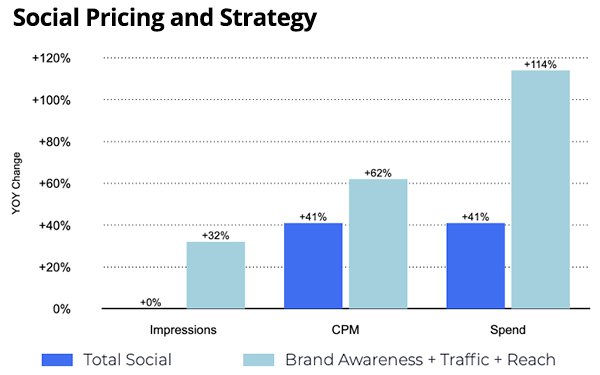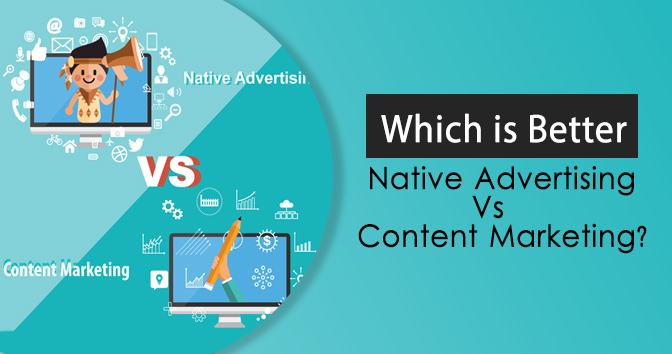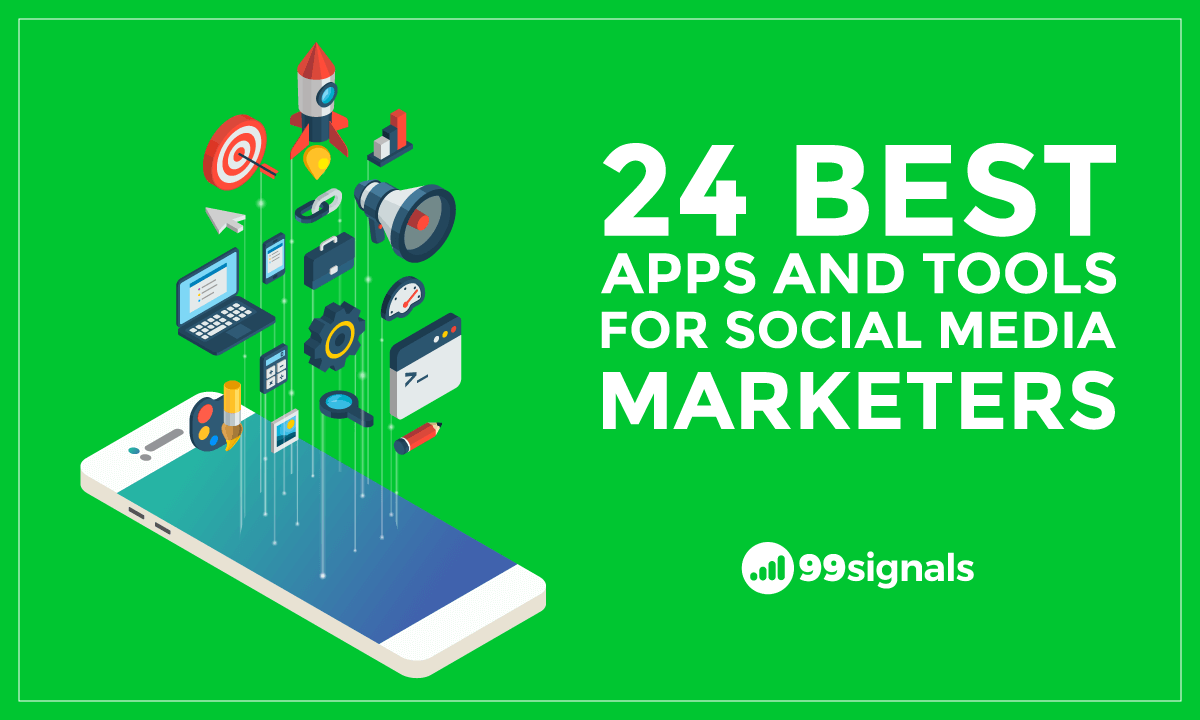
As you create your LinkedIn content strategy, consider the types of posts that will draw the most engagement. Expertise posts and lighthearted posts will make you a person who is easygoing, while Native documents and video posts will make you an authority. Native documents will be the most popular type of content on LinkedIn. If you are unable to decide which one to create, you can combine them all. This will make your content more interesting for your audience.
LinkedIn's most engaging type is video
Video is the most valuable type of content for LinkedIn. People love it and want to see more. There are three main ways that you can upload videos to LinkedIn: through LinkedIn Publisher, your profile and as an update. Videos with relevant content will get more views and engagements, so be sure to post useful content. Professionals tend to focus more on content that has value. Below are three methods to make your videos valuable.

Expertise posts will make you an authority figure
Using your LinkedIn profile to position yourself as an expert in a field can help generate traffic and build trust with prospects. Prospects who have read content written by experts are more likely be to be knowledgeable about the topic, identify with the brand and make a purchase. LinkedIn provides many opportunities for authority and trust. You can establish connections with influential individuals and raise your expert level. You can also promote posts via the community.
Native documents are the best-performing type of content on LinkedIn
Native documents are a great way to boost your LinkedIn performance. These content types have a nearly three-fold higher click-through rate than other types of LinkedIn content. These content types are more visually appealing, and therefore attract higher engagement. LinkedIn's native documents have an average click-through of between 3.5% and 8.6%. This is quite impressive, considering that other types can barely reach 2.00%.
Schedule your LinkedIn posts
In order to maximize the effectiveness of your posts on LinkedIn, you must learn how to schedule them. LinkedIn doesn't offer a scheduling tool built in, but there are third-party tools that can help you do this. These tools are listed below. Each tool has its own set of advantages and benefits. This article will help to decide which tool is right for you and your audience. Schedule your posts at the least one week ahead if you plan on posting regularly.

Reach out and comment on other people's posts
It's a great way for people to interact with you by leaving comments on posts of others on LinkedIn. You can ask them interesting questions or leave insightful comments. Images and videos should be included in all posts, if you can. Make sure to post when your audience is awake so that they'll be more likely to engage. Do not be robotic and be you! People like to connect with real people.
FAQ
How much should I invest in content marketing?
The number of leads that you are looking to generate will determine how much. Depending on the industry, the average cost of a lead is $5-10. As an example, 20 dollars per lead was the cost of our first business. Now we spend $6-7 per leads.
How do you create compelling content?
The best way to create great content is to write about something that interests you. You must find topics that you are passionate about if you want to succeed at writing. This is about finding your passion and then sharing it with others. It's one thing to write for yourself, but it's much easier to write for others.
How do you make good content?
A good piece of content should be informative, helpful, and easy to share. The best content will have a clear call for action. This could be a link or button that allows readers sign up for a trial, read more about your product, or order something from your site. Also, visuals can be used to easily share your content across different media platforms.
Why should I do content marketing?
HubSpot estimates that an average person spends close to two hours per day engaging with content. This includes social media, newsfeeds, reading magazines, browsing websites and listening to podcasts. That's quite a bit of content time!
How does Content Marketing work
When someone visits your site, they're looking for something specific. It's great if they find exactly what they want. They'll go elsewhere if they don't find what they need. Content marketing allows you to create valuable and useful information that solves problems and answers questions. This content can be shared across all platforms (emails, social media, etc.). so people will always have access to it.
Statistics
- Progress indicators (0–100%) allow each team member to see how attainable each goal is and understand what remains to be accomplished. (semrush.com)
- According to the Content Marketing Institute, 70% of B2B marketers and 86% of B2C marketers surveyed use content marketing in some form or other. (criteo.com)
- This marketing strategy landed Ford a 15.4% conversion rate. (neilpatel.com)
- According to our research, brand awareness, attracting traffic, and generating leads remain the key content marketing goals in 2022. (semrush.com)
- Measure your goals with a progress indicator of 0-100%. Make your goals collaborative and transparent (semrush.com)
- Forty-seven percent of buyers view 3 to 5 pieces of content before engaging with a sales representative. (mailchimp.com)
- Companies that use content marketing see approximately 30% higher growth rates than businesses not using it. (mailchimp.com)
- Content marketing produces 3X more leads per dollar spent. Content marketing costs 62% less than traditional marketing. (criteo.com)
External Links
How To
Infographic Creation Tips for Content Marketing
Infographics make complex concepts simple and easy to understand. Use infographics as a tool to promote your content marketing message.
To create an infographic, Adobe Illustrator or Photoshop is required. These programs can be used for drawing out shapes and elements to represent data. After that, you can add fonts and colors to make it look professional. After your design is complete, you can upload images from Unsplash and Pixabay to your design.
Online infographics can be a great source of inspiration. A picture of a food Pyramid could be used to show how many calories each food has. Or you could look at how many sugars are found in soda pop and replace that number with a picture from a Coke bottle.
Once you have created your infographic it is possible to share it via social media channels like Facebook, Twitter and Google+. This helps people who aren't familiar with the concept learn about it. Include hashtags if you plan to share your infographic via social media platforms. This will allow others to see what you're talking. Users can follow along with specific conversations using hashtags.
An infographic is a shorter version of a blog post. An average blog post can range from 2000 to 5000 word, while an informationgraphic needs only 500 to 1000 words. This allows you to convey more information in a smaller space.
Remember that not all viewers can read small font sizes when designing an infographic. Make sure you use large enough fonts and don't rely too heavily on color for your graphics. You must also ensure that your text is easily read.
Here are some other tips.
-
Choose an Infographic Template. Many templates are available in both printable and online formats. Canva (Piktochart) and Google Slides (Google Slides) are some of the most requested templates.
-
Your Infographic is ready. Create your infographic using the template. Any media you choose is acceptable for your audience. An example of this is a infographic that shows the best restaurants in Seattle.
-
Add Text. After creating your infographic, add text with Microsoft Word, PowerPoint, and Canva.
-
Add images. You can also add images to your infographic. You can add images to your infographic. Make sure your picture is relevant to the topic you are adding.
-
Make It Interactive. You can add interactive elements, such as maps, buttons, and links. This will help engage your audience.
-
Share. Share your infographic after you're done.
-
Measure. Do you know how well your infographic performed? Did they click through to your site? Did they signup for your mailing list? What was their reaction to your infographic?
-
Improve. Is there anything you can do to improve your infographic What could you do better next year?
-
Repeat. Do it again.